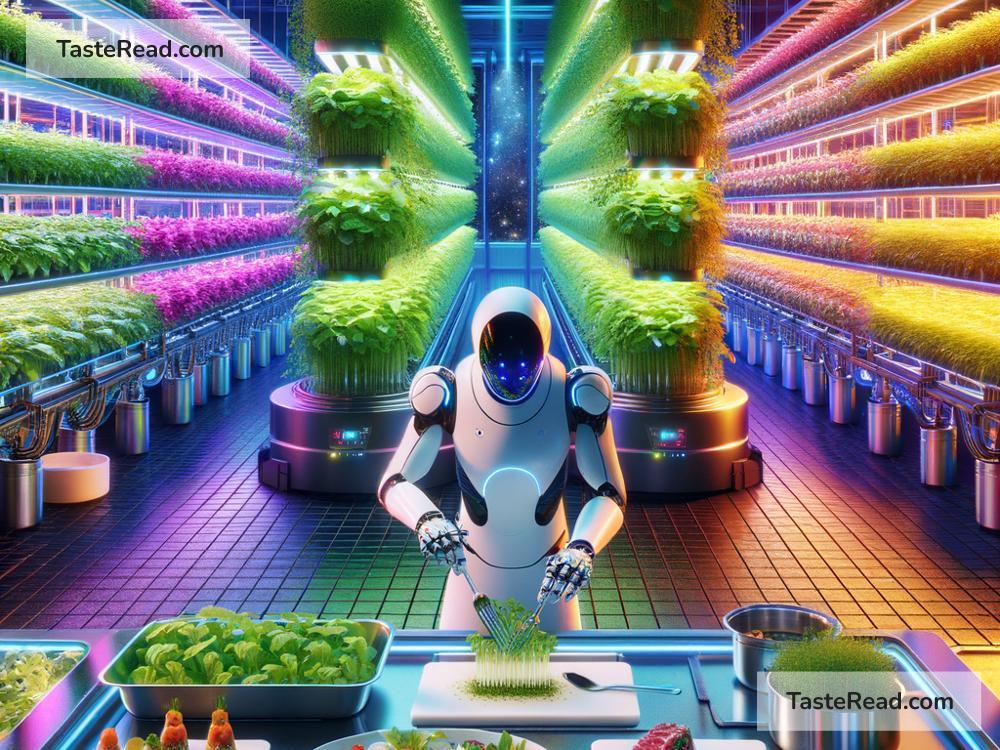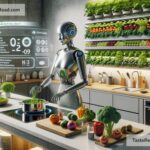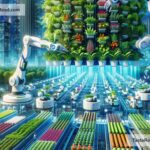The Future of Food: Transformative Change on Our Plates
Food is not just something we eat—it’s a source of life, happiness, and connection. But the way we produce, consume, and think about food is undergoing a major transformation. With challenges like climate change, growing populations, and the need for better health, the future of food is being shaped in exciting ways that could change what we eat and how we eat it. Let’s explore what the future holds for food and the amazing changes that are already underway.
Why Is Food Changing?
The world faces big challenges when it comes to food. First, the global population is expected to hit 10 billion by 2050. That’s a lot of mouths to feed! Second, farming and food production are major contributors to climate change. Agriculture uses a lot of water, creates greenhouse gases, and can harm natural ecosystems. At the same time, millions of people lack access to healthy, nutritious food. To address these challenges, we need smarter, more sustainable ways to grow, create, and distribute food. Solutions are growing fast, and these innovations are shaping the future of food.
1. Technological Innovation in Food Production
Technology is completely changing the way food is grown and made. Here are a few ways this is happening:
-
Vertical Farming: Instead of traditional farms that use large amounts of land, vertical farming grows crops in stacked layers indoors. These farms use LED lights, minimal water, and can produce food year-round. Imagine fresh strawberries in the winter or lettuce grown in your city!
-
Precision Agriculture: Farmers are using drones, sensors, and data analytics to monitor crops and soil with incredible accuracy. This allows them to water and fertilize only where needed, reducing waste and protecting the environment.
-
Lab-Grown Meat: Scientists are growing meat in laboratories from animal cells without the need to raise or slaughter animals. Lab-grown meat uses less land, water, and energy, making it a promising way to provide protein sustainably.
2. Alternative Proteins: Meat Without the Meat
One big change we’ll see in the future is what we eat for protein. Traditional meat takes up a lot of resources and contributes to climate change. That’s why alternatives like plant-based meat and insect protein are becoming more popular.
-
Plant-Based Meat: Companies like Beyond Meat and Impossible Foods are creating burgers and nuggets that taste almost exactly like meat, but they’re made from plants like peas and soy. These foods are kinder to the planet and can help reduce carbon emissions.
-
Edible Insects: While eating insects may sound unusual to some, they are packed with nutrients like protein, iron, and vitamins. In many countries, insects are already part of everyday diets. Foods made from cricket or mealworm flour could become a common snack for everyone.
3. Food Designed for Better Health
Food is becoming more personalized and designed to keep us healthier. In the future, we can expect more foods tailored to our individual needs, using tools like artificial intelligence and nutrition science.
Imagine eating bread enriched with vitamins your body specifically lacks or snacks that boost your immune system. Personalized diets could help prevent diseases like diabetes, heart conditions, and obesity. This shift means food will no longer just be about taste—it will be about giving our bodies exactly what they need to thrive.
4. Reducing Food Waste
Did you know that about one-third of all food produced worldwide is wasted? That’s a huge problem when millions of people go hungry every day. Future food systems are working hard to reduce waste through better storage, smarter packaging, and technology.
For example, apps now allow farmers and grocery stores to sell imperfect produce that would have been thrown away. Creative companies are turning food scraps into soups, juices, and flours. These changes not only save resources but also give food a second life.
5. The Rise of Local and Urban Food
As cities grow, people are looking for ways to bring food production closer to home. Urban farmers are growing vegetables on rooftops, in community gardens, and even inside old shipping containers. Local food means fresher produce, fewer transportation emissions, and stronger community connections. In the future, it’s likely that many cities will grow at least some of their own food.
6. Better Food Systems for the Planet
The way food is produced is shifting to become more eco-friendly. Farmers are adopting practices like regenerative agriculture, which restores soil health and absorbs carbon dioxide from the air. More people are also embracing plant-based diets, which have a lower environmental impact. These changes help the planet while ensuring we have enough to eat.
How You Can Be Part of the Change
The future of food might sound high-tech, but we can all make a difference in how food changes. Start by eating more sustainably—try a plant-based meal, shop locally, or buy products with eco-friendly packaging. Reduce food waste by planning your meals and using leftovers creatively. Support businesses that are working toward greener, healthier food systems.
Conclusion
The future of food is about balance—feeding more people while protecting the planet and improving health. Transformative change is already happening, with breakthroughs in technology, sustainability, and nutrition shaping the way we think about food. While the path forward won’t be easy, these innovations give us hope for a world where everyone can enjoy healthy, delicious food without harming the Earth.
Change is on the menu, and it’s up to all of us to take a bite! The future is bright, and our plates might soon be filled with foods we never expected—better for us and for the planet.


